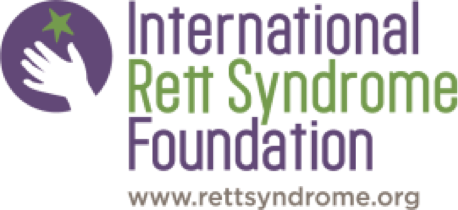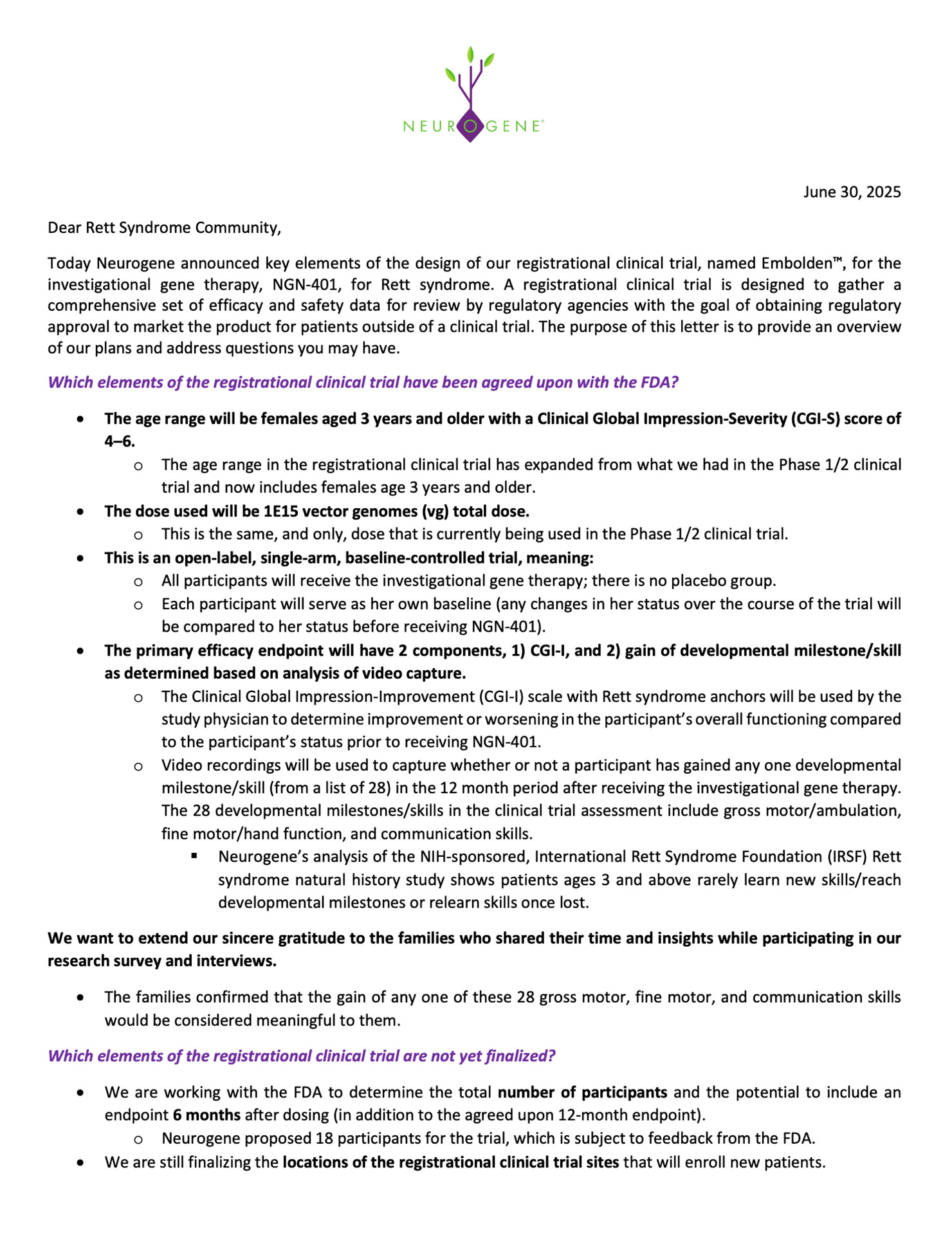About Rett Syndrome
Rett syndrome is a rare genetic disorder that occurs almost exclusively in females, and leads to severe impairments that affect nearly every aspect of their lives. This includes their ability to speak, walk, eat, and breathe. The impact on patients and families is profound. Most females are nonverbal, lack motor skills, and require 24-hour care for all activities of daily living. Many females with Rett syndrome appear to understand the world around them, leaving many caregivers feeling that their daughters are intellectually and emotionally intact.
Rett syndrome is an X-linked, progressive, neurodevelopmental disorder. It has an estimated worldwide incidence of 1 out of every 10,000-15,000 live female births.
The incidence in males is currently unknown. Advances in genetic testing and phenotypic identification have revealed that MECP2 mutations in males are responsible for a wide spectrum of neurological disorders, including Rett syndrome.
Rett syndrome is caused by mutations in the MECP2 gene that lead to deficiency of the methyl cytosine binding protein 2, an important protein responsible for normal function in the brain and other parts of the nervous system.
Females with Rett syndrome typically have normal development until 6-18 months of age, followed by a progressive deterioration of acquired skills such as gross and fine motor skills, purposeful hand function and communication. They subsequently develop stereotypic hand movements such as hand-wringing.
Over time females may develop muscle contractures, rigidity, and debilitating scoliosis, along with periods of recurrent seizures, and burdensome gastrointestinal and breathing abnormalities.
Although there are treatments available for Rett syndrome, there is no treatment option that addresses the root cause of disease and a significant unmet need still exists for new treatment options.
Resources

Rett Syndrome Research Trust
The Rett Syndrome Research Trust has a singular mission: a cure for Rett syndrome. Our remarkable progress is made possible by the support, passion, and commitment of Rett families around the world.
Learn More >>
International Rett Syndrome Foundation
To accelerate full spectrum research to cure Rett syndrome and empower families with information, knowledge and connectivity.
Learn More >>
Reverse Rett
Reverse Rett is a patient advocacy and research organisation focused on delivering treatments and a cure for Rett syndrome to everyone affected.
Learn More >>Follow Us on Social Media
Connecting families with the latest Neurogene content and specific resources related to patient communities.
Follow Our Neurogene Facebook Page >>Additional Resources
Click here for more advocacy organizations and resources in the rare disease community.
Learn More >>